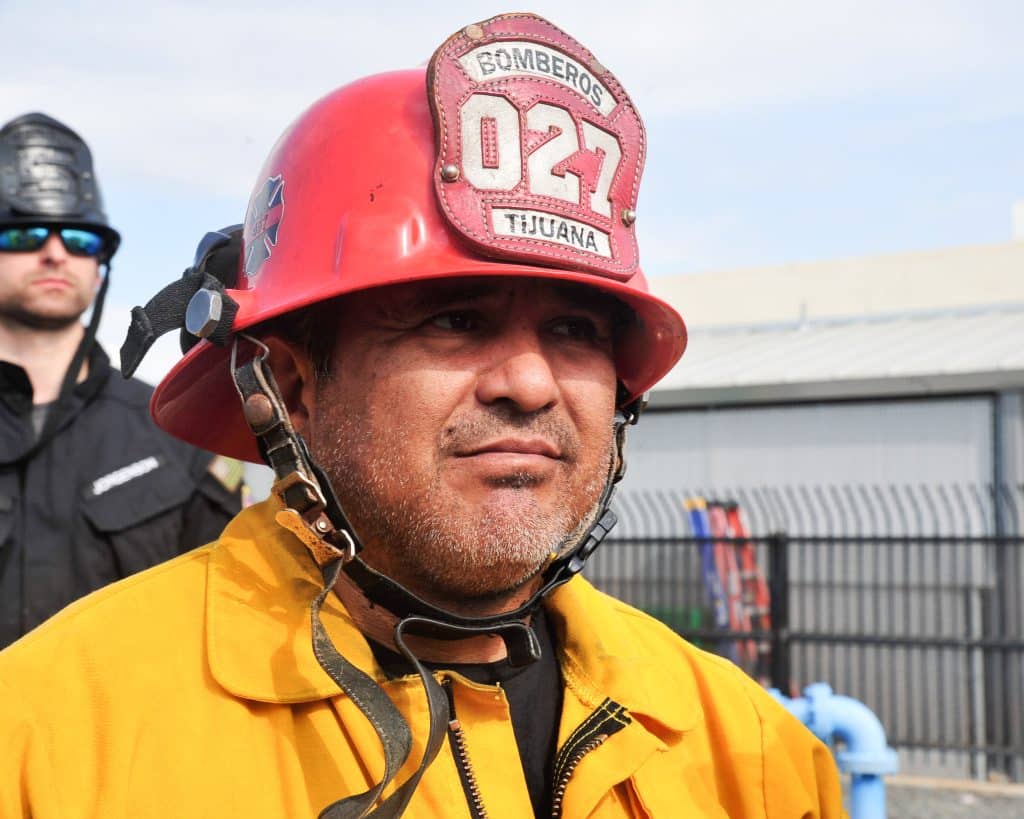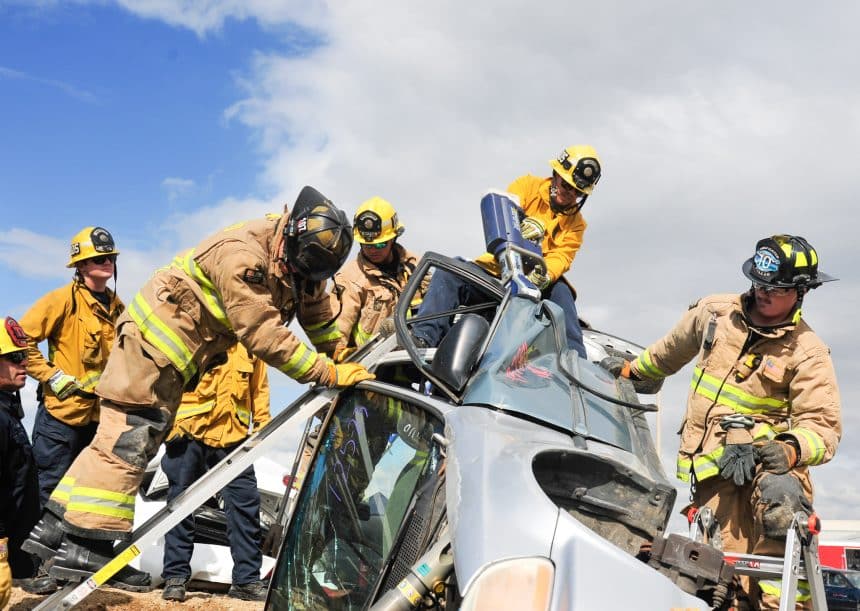From automatically taking the wheel to keep drivers in their lane, to loudly sounding alarms of an impending collision, to involuntarily applying your brakes, automobile technology changes by the year and bears little resemblance to cars of only a decade ago.
Do you really know what all the lights on the dashboard mean or what each of the computer-driven controls do? While it can be overwhelming, the manufacturers’ intent is to enhance safety.
Now imagine you are a first responder trying to quickly affect a rescue after a collision that has trapped the inhabitants inside crumpled and twisted metal. And you face real dangers yourself from, for example, exploding airbags, electrical circuitry, and the like.
The City of Corona Fire Department has been at the forefront in training first-responders for more than four decades, in best, quickest and safest methods of extricating accident victims from their vehicles.
And last weekend, 120 firefighters from Gig Harbor, Washington to Tijuana, Mexico, Oakland to Corona, attended the 43rd Auto Extrication Seminar put on by the Corona Firefighters Association. The event doubles as a fundraiser for the association.
A $180 thousand Mercedes Coupe was among the 100 vehicles of all shapes, sizes and vintages that were employed to teach both current and aspiring firefighters, the latest techniques in extracting victims from vehicles.
One such participant was Kendal Bengsten, a Temecula area resident. At the age of 29, she left her career managing a winery to begin studying for a career in firefighting as a Corona Fire Cadet.
“Service has been in my heart since I was young,” Bengsten offered, adding that the dangers of the profession do not alarm her.
“I was aware of the risks,”
Literally sweeping the ‘floors’ of broken auto glass to begin her ascent up the ladder, Bengsten valued learning which tools to apply to the many potential realities.
“I learned how to read the wreck and implement safety procedures in different scenarios,” she said.
The participants trained on a variety of potential circumstances, including cars leaning against utility poles, or trapped beneath larger vehicles, from cement trucks to busses.
There is no telling how many serious injuries will be abated and lives saved, by the lessons learned last weekend.




Very interesting topic, thanks for putting up.Money from blog